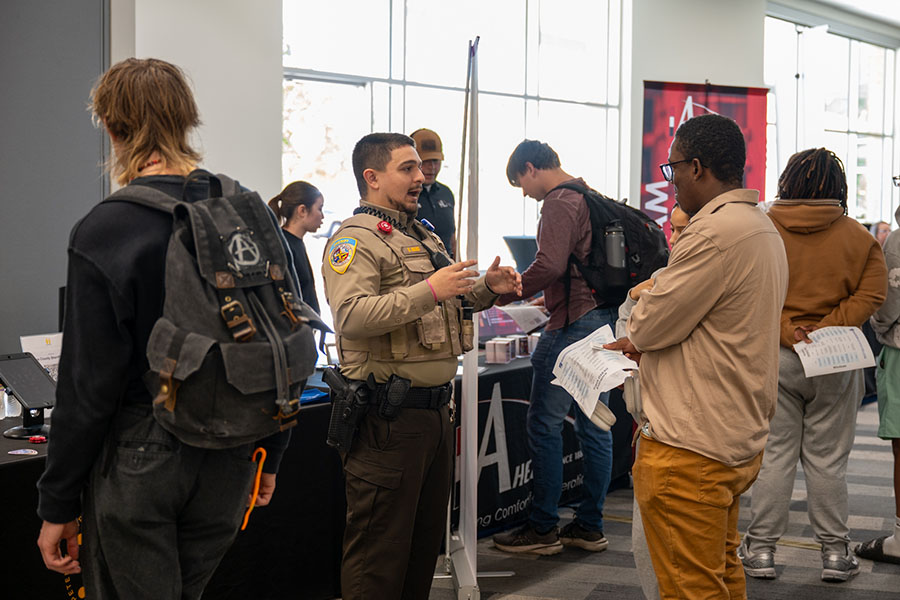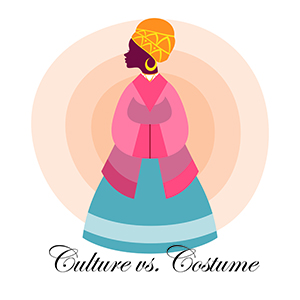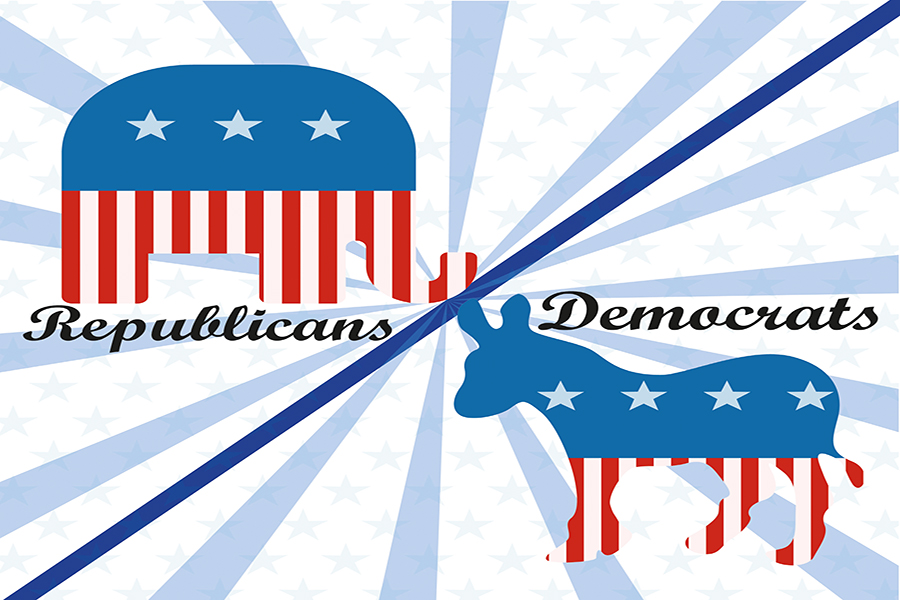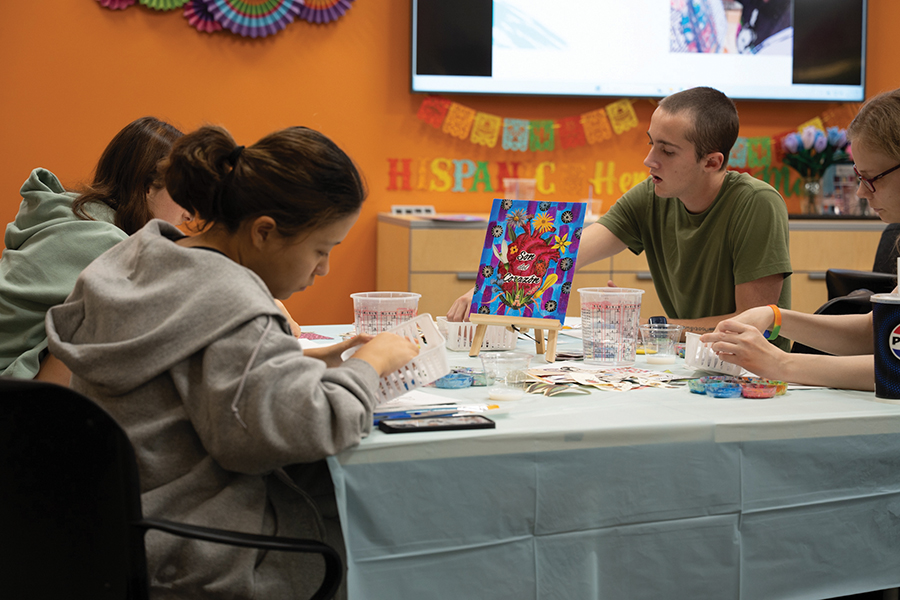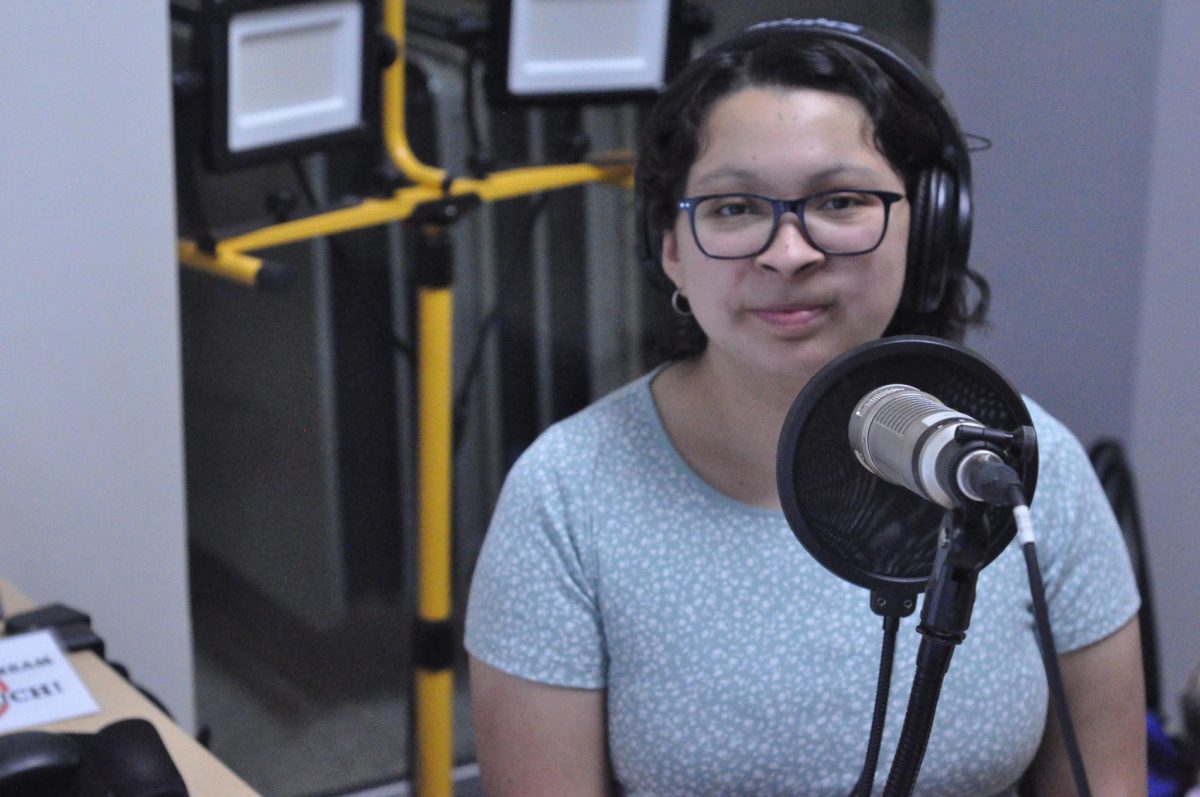Segregation has a great impact on Wisconsin
Cultural barriers have been difficult to break
October 4, 2016
Wisconsin has long been a state with two different identities. One identity consistently ranks the state among the best places to live, work, and go to school in the United States.
It is a place where people are nice to each other, everyone has hometown pride, crime is low, and life is generally comfortable.
The other identity consistently ranks Wisconsin highest in crime, unemployment, and incarceration nation-wide.
Uncertainty and hopelessness abound, people do not have food on the table, bills go unpaid, roofs leak, and families feel desperation.
The two populations with these different identities remain notably segregated by race and do not interact with each other due to both cultural and historical reasons.
Culturally, Wisconsin is famous for its hometown pride. Packer fans are known for being some of the most rabid, loyal football fans in the country. The first question when meeting someone new is often “where did you go to high school?” People are fiercely loyal to their hometown supper club, favorite bar, main street, and places to gather.
While this hometown pride and loyalty help build identity, community, trust, and mutual understanding, they can be very daunting for an “outsider” or newcomer to a community.
As someone who is not from Wisconsin, I can personally attest that the in-group vs. out-group mentality can feel very alienating, isolating, and impenetrable. I can only imagine how having a different skin color or language could make this feeling even worse.
Many who have not been able to break through these barriers have settled in their own communities and developed their own neighborhood pride. This is particularly true in Milwaukee, where neighborhood boundaries have long been based on ethnicity (i.e., Polish, German, Hispanic, African-American, Irish, etc.).
Historically, many minority groups settled in poor areas when they arrived in Milwaukee, Green Bay, and the Fox Cities in search of jobs, just as manufacturing jobs began to be more mechanized. Without jobs, many minority groups were forced to move to run-down neighborhoods lacking amenities and have never moved elsewhere.
Another large factor in the segregation of minorities in Wisconsin has been the use of illegal housing practices such as red-lining, which involves drawing lines on maps for each ethnic group and not allowing others to rent or own outside their “area.”
Despite these practices being ruled illegal in the 1960s, many of them still continue in more subtle ways today. Rent controls, taxes, and other tactics are used to price minorities out of certain areas.
As Wisconsin becomes more diverse, cities and towns must make greater efforts to integrate newcomers, welcome them, embrace their differences, and understand that their fresh perspectives can help Wisconsin grow, adapt, innovate, and progress into the future.


